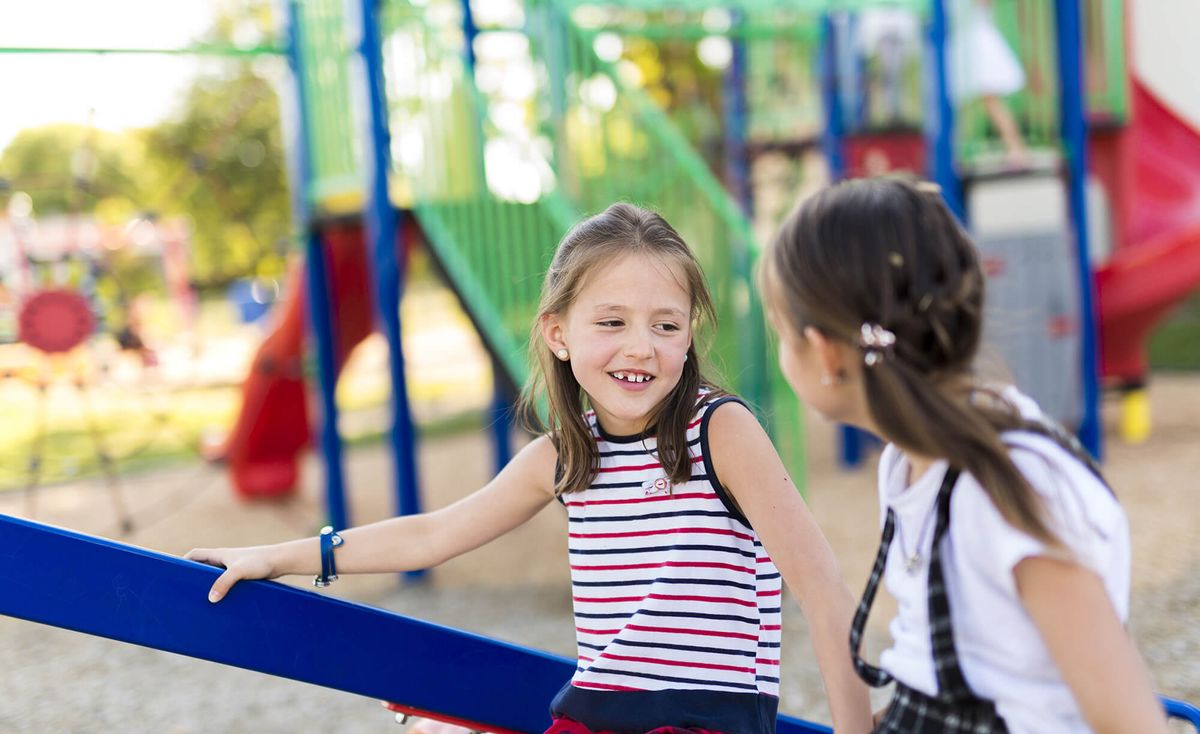Human language and communication is incredibly unique to our species. We have a diverse and complex verbal and non-verbal language system, that can vary drastically with region and culture. Early on, we can see that communicating with one another is inherent and natural. However, for something that comes so easily to humans, we tend to fail with the most basic concept of communication: Listening. Humans religiously choose to listen only enough to form a response. We are rarely eager to listen to someone else unless we’ve spoken our piece first. Unless we’ve been formally taught on the concepts and skills that surround our most precious connection tool (and let’s face it, who actually teaches us to communicate effectively?), we will fail to avoid conflict and our efforts will result in constant misunderstanding.
In order to understand the importance of listening and how it plays into communication, let us explore our first few months of life. When we first enter into this world, the only way we know how to draw attention to ourselves is by crying. Can you imagine? With hundreds of thousands of ways to communicate, yet we are born with only the ability to cry. We can glean some insights on the importance of listening and how it supports healthy communication from this experience. First, let’s explore the fact that an infant’s limited ability to communicate is not due to a lack of things to say. I am positive infants would say a lot more, if they could. It’s a reminder for when we have a lot to say but its not our place to say it, we can pretend as if we have lost the ability to speak. – A skill we all know someone could use. The second is to look at how much an infant observes/listens. In the most rapid growth cycles of a human’s life, we are forced to have maximum data input. We are to learn as much as we can, as fast as we can, in order to become functioning children into adulthood. An infant learns the most through having the most limited speech function. As adults, we absolutely learn in the same way: Through listening, and rarely through speaking.
What we can begin to understand from our introduction into this world, is that communication requires two things: speaking AND listening. Healthy communication is where there is a perfect balance between the two (which does NOT always mean 50/50). Two virtues are incredibly important where communication is concerned, and that is patience and kindness. Patience, so we can listen to understand – instead of listening to respond. And in the latter, kindness so we can speak with care, respect, and understanding. In listening to understand, it means to put aside your internal dialogue, and tune into the other person’s real fears and wants. It means to listen beyond the words, to hear their tone, body language, and emotion. Listening to understand means to allow the other person to speak, even if it offends or hurts. It means choosing to endure immense growth that happens quickly, however uncomfortable.
Speaking has a place in communication – however the act’s importance is much less than what is placed upon it. We tend to hurt others, rather than build them up – even when we have the best intentions. Our skills in speaking tend to be so poor, that even the tools we thought were loving, are actually painful to hear. It’s a shame we have given way to the expectation that communication comes naturally, and so rarely is it healthy. Speaking, most often times, makes things worse. And if you have yet to learn the basic tools of communication, listening is our best friend. Listening is an art, and it takes time to learn and perfect this key communication tool. Listening gives us the opportunity to grow in our own perspectives, while growing closer to others. In listening to understand, we form stronger and deeper bonds with our friends and family as they feel more heard. As a reminder for us all, to SPREAD SHINE with more listening ears!
https://www.forbes.com/sites/womensmedia/2012/11/09/10-steps-to-effective-listening/#1fe95a2e3891
https://www.mindtools.com/CommSkll/ActiveListening.htm
https://www.nytimes.com/guides/smarterliving/be-a-better-listener

